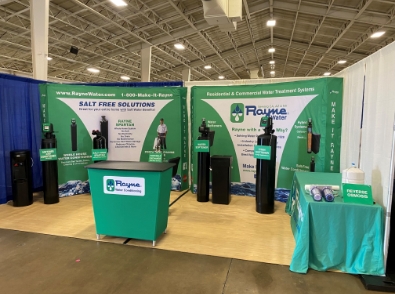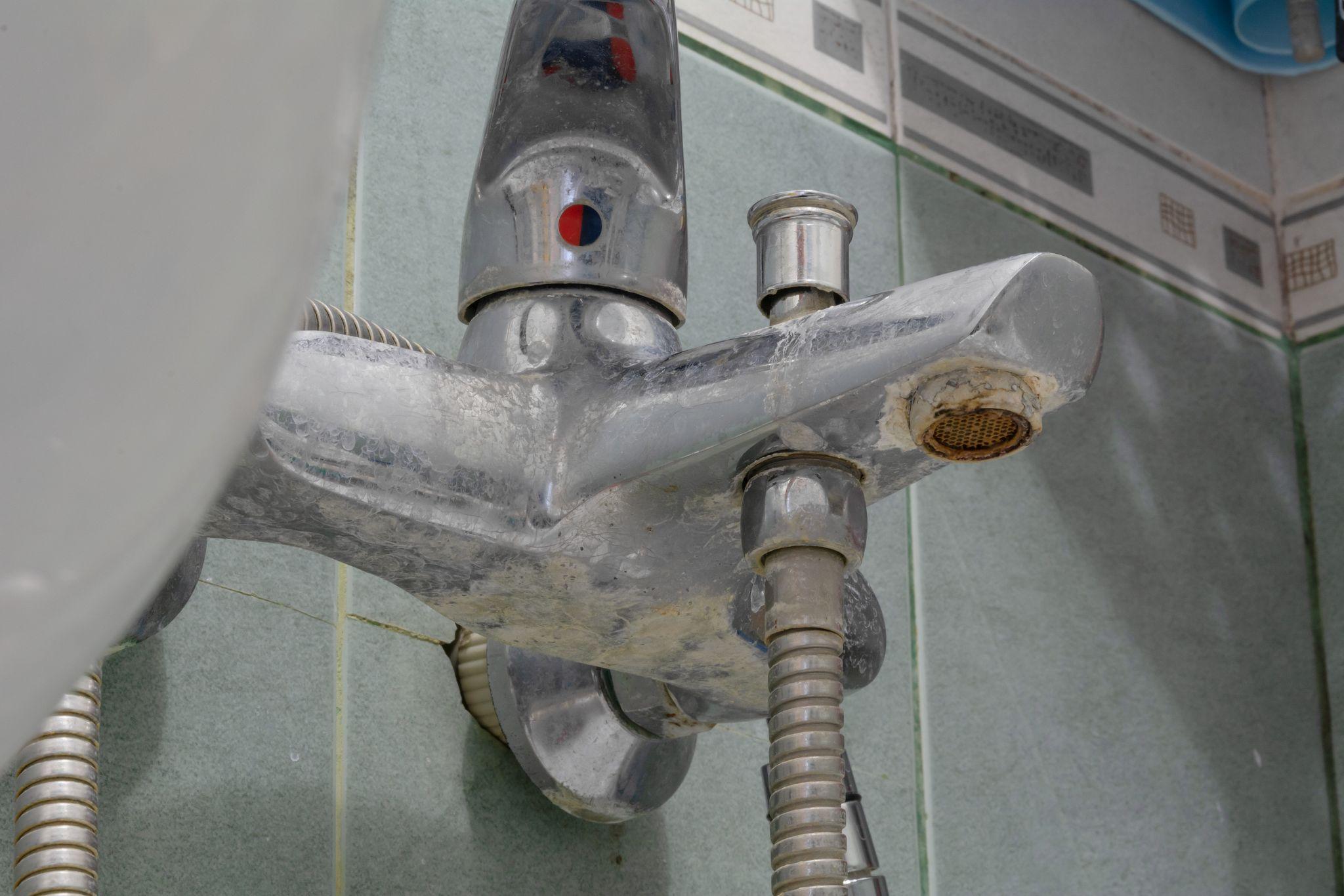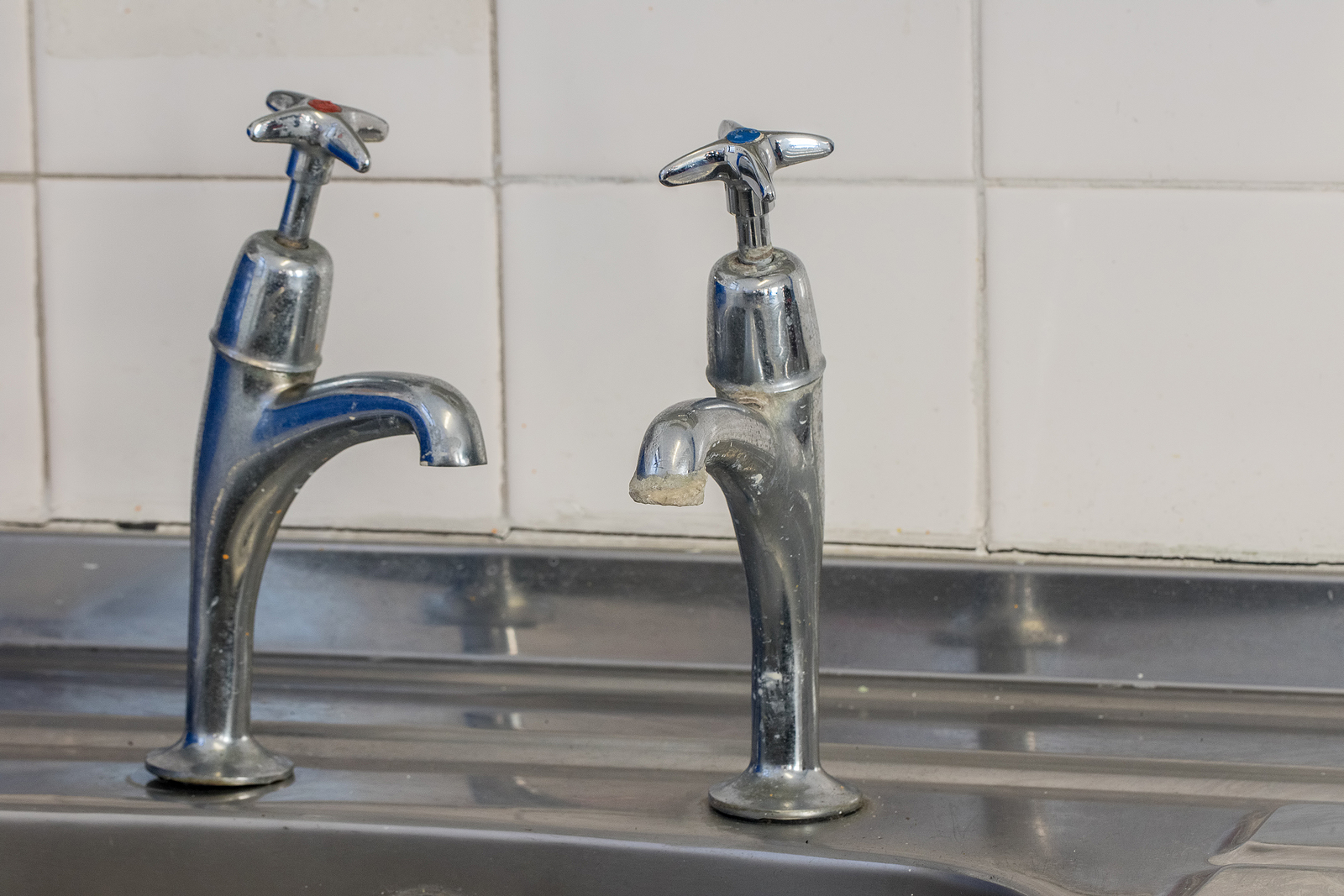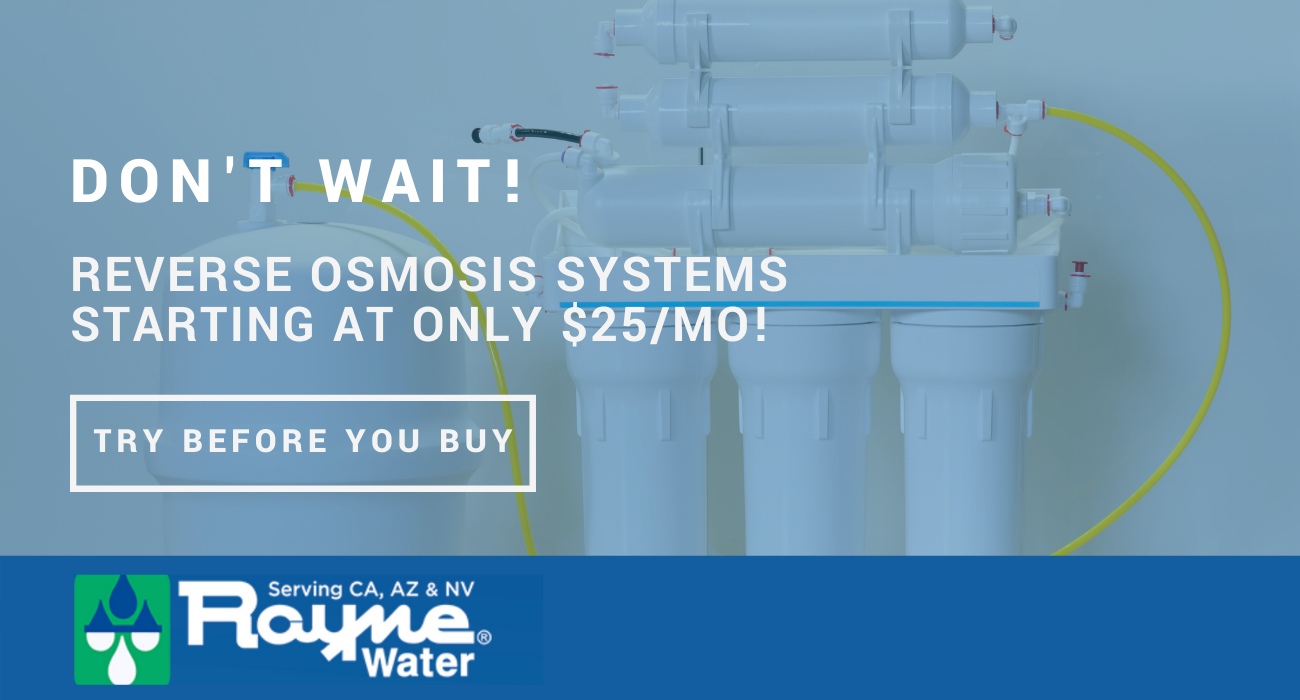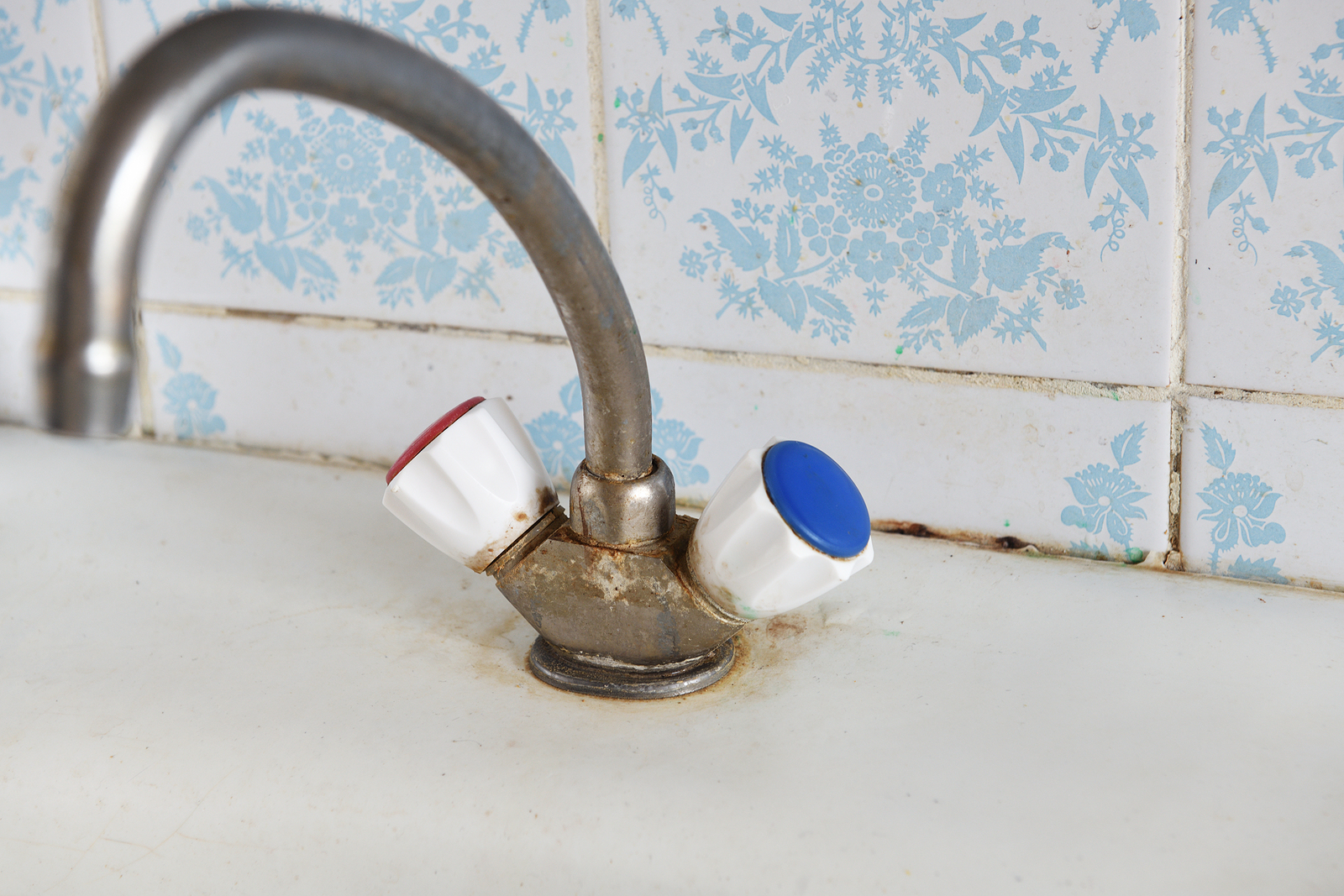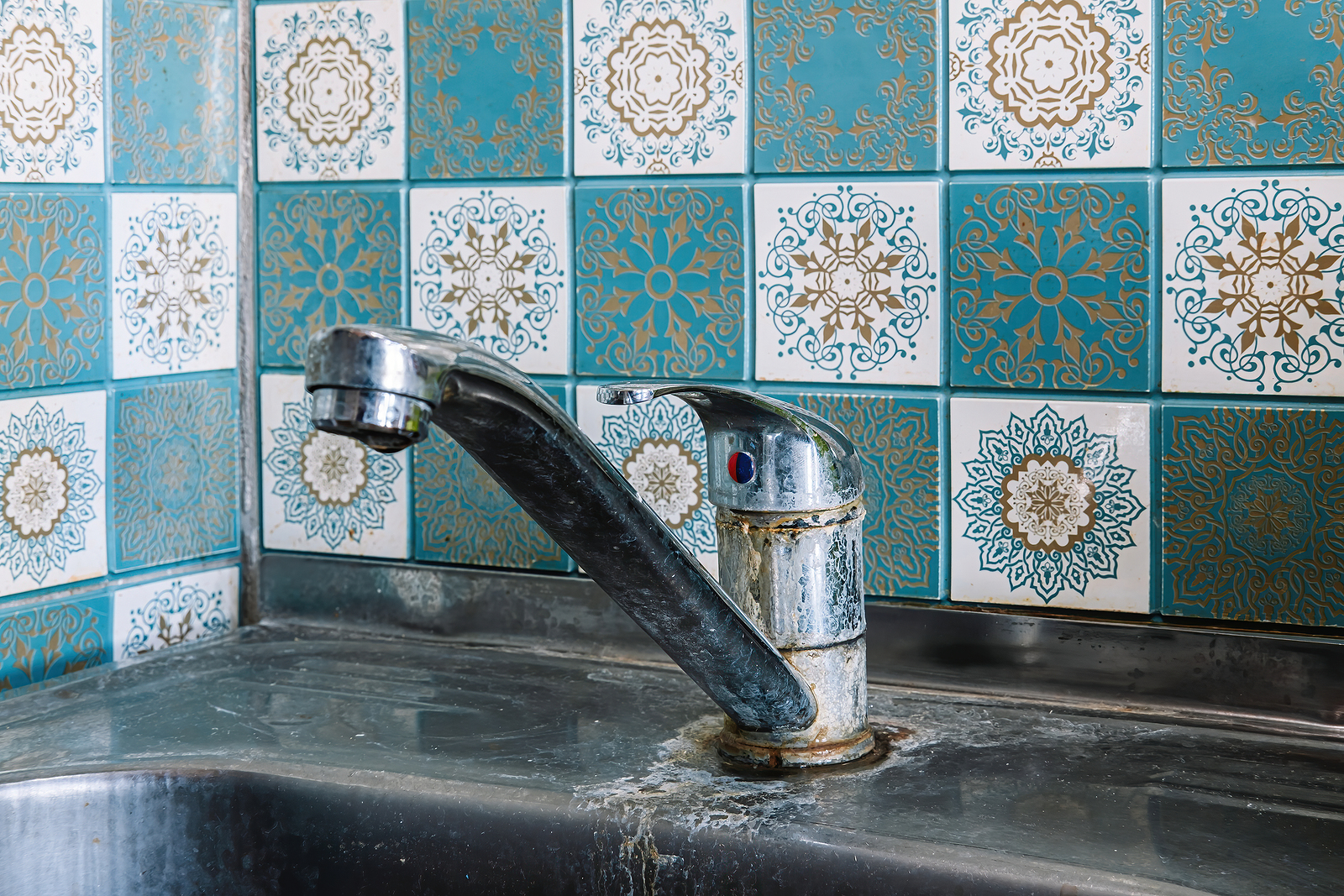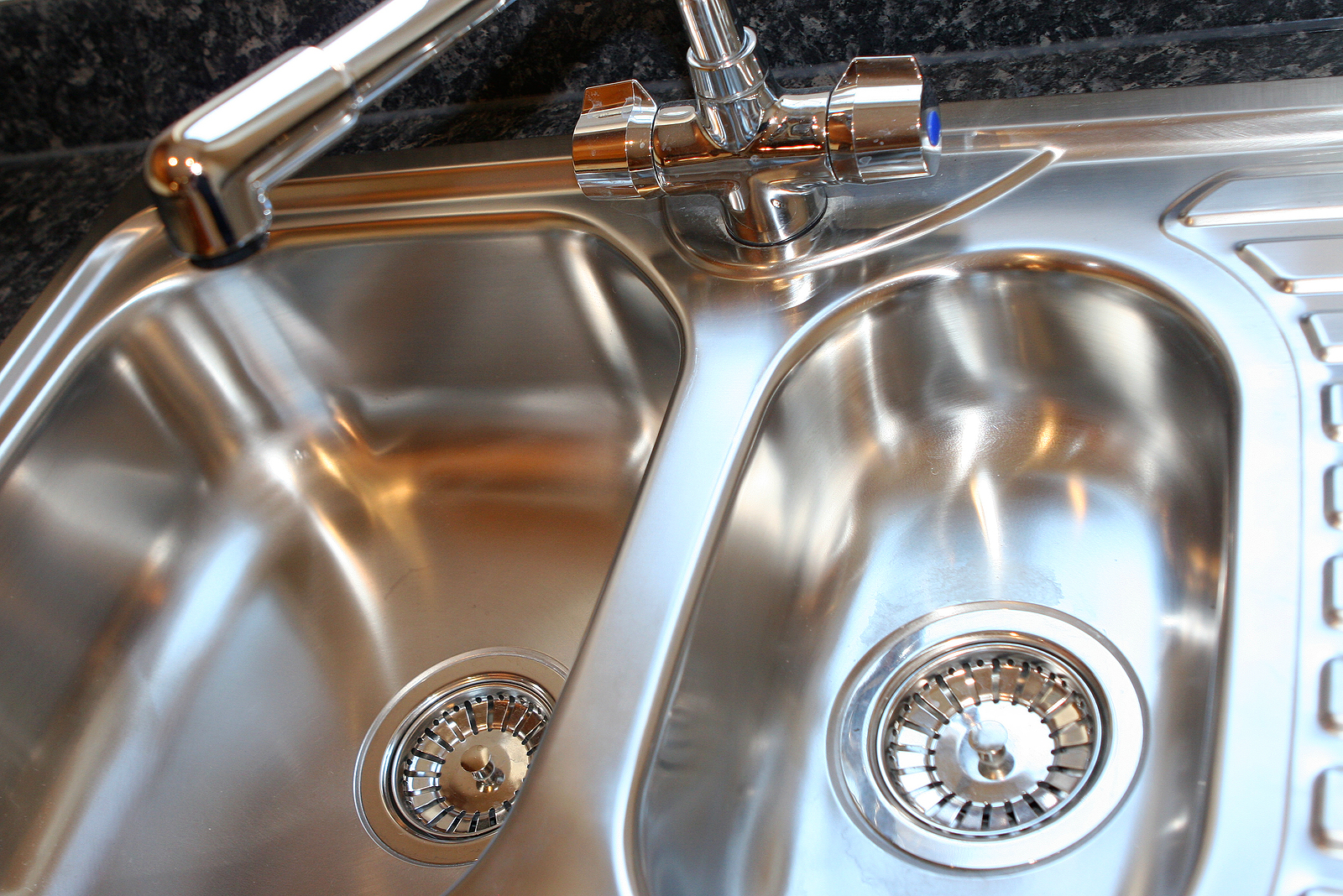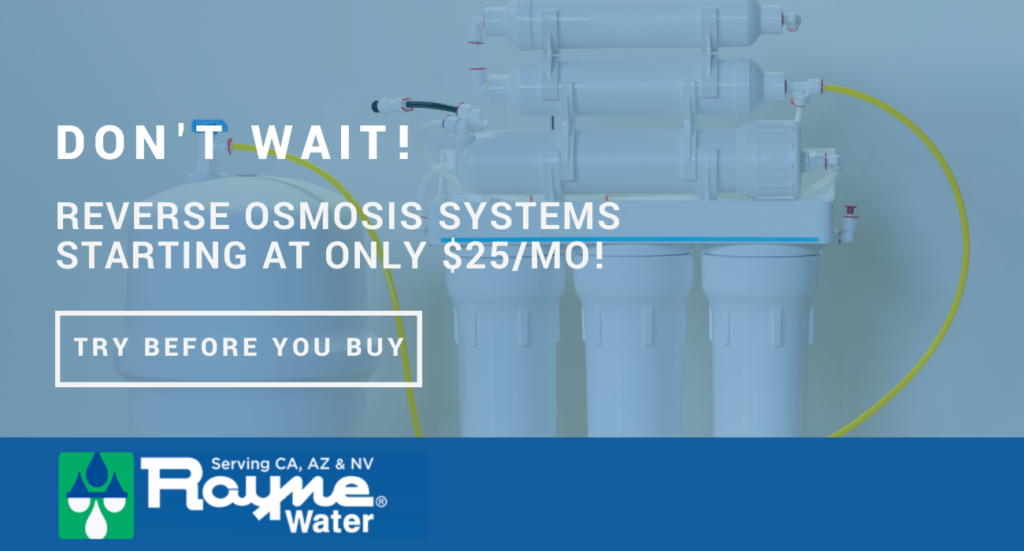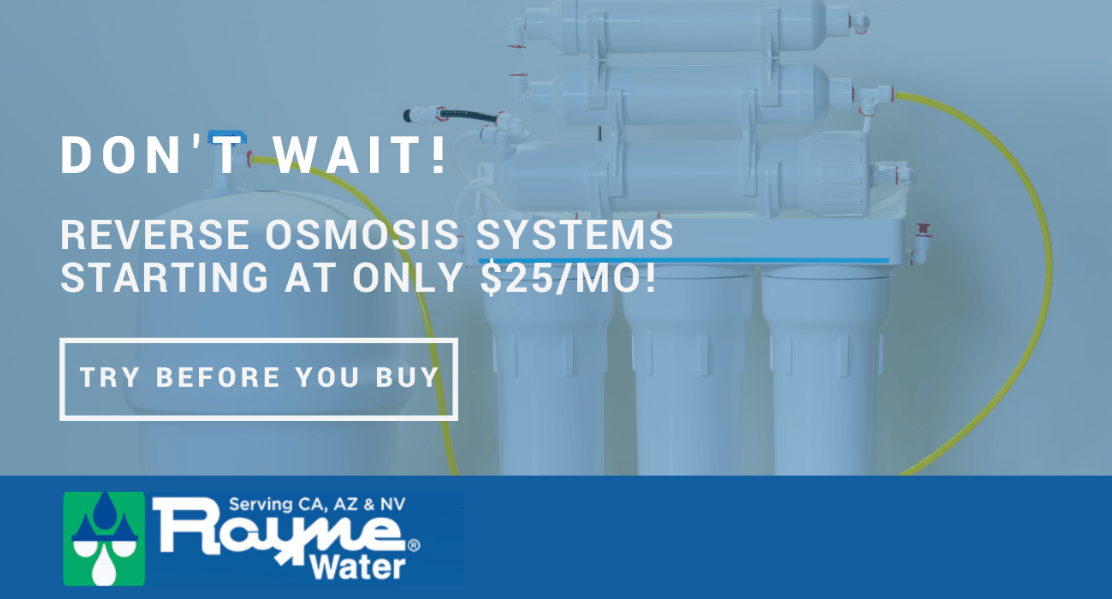Tap water is available in various forms of softness, depending on the level of minerals it contains. Water softener systems add salt or potassium to change hard water to soft with various kinds of water softening salts to choose from. First, though, it’s good to know how to add salt to water softener systems.
But before delving into that, let’s first distinguish the difference between a water softener vs water filter. Water softeners remove the calcium and magnesium that cause hard water. Meanwhile, a water filter removes unwanted compounds, which include but are not limited to debris, sand, dirt, sediment, etc.
Though water softener salt made from Sodium Chloride is similar to table salt, the amount you need to soften water effectively is measured in pounds and must be added on a regular basis. In fact, the salt doesn’t even soften the water. Rather, it’s the resin beads that are responsible for changing hard water to soft.
A water softener process is made up of two tanks: the resin tank, often known as the mineral tank, and the brine softener tank. As the water flows in the resin tank, tiny resin beads change out calcium and magnesium found in tap water and replace them with sodium or potassium. This is a process known as ion exchange.
When the resin beads can no longer hold calcium and magnesium, they require to be refreshed, a process where they’re rinsed with a brine solution from the second tank. Brine is the solution made from the salt that’s been added to the tank. It’s the brine that drives the calcium and magnesium ions to be charged from the beads and changed with potassium or sodium ions.
After the resin beads have been rinsed and refreshed, the brine is then flushed with fresh water and the process repeats.
Types of Salts to Add to Water Softener
In addition to knowing the basics of how to add salt to water softener systems, it’s also helpful to understand the different types of salt available for use. There are several varieties, including crystals, pellets, sea salt, rock salt, and potassium chloride. The type of salt that’s added to water makes a difference in how well it softens it.
Purity is a main factor to consider. The purity of salt references what percentage of other materials is present other than salt. Some salts contain less soluble materials and won’t last as long as salts without a high level of impurities. Additionally, a high purity percentage won’t leave as much residue left behind. Plus, pure salt dissolves easier and reduces the likelihood of clogging the system.
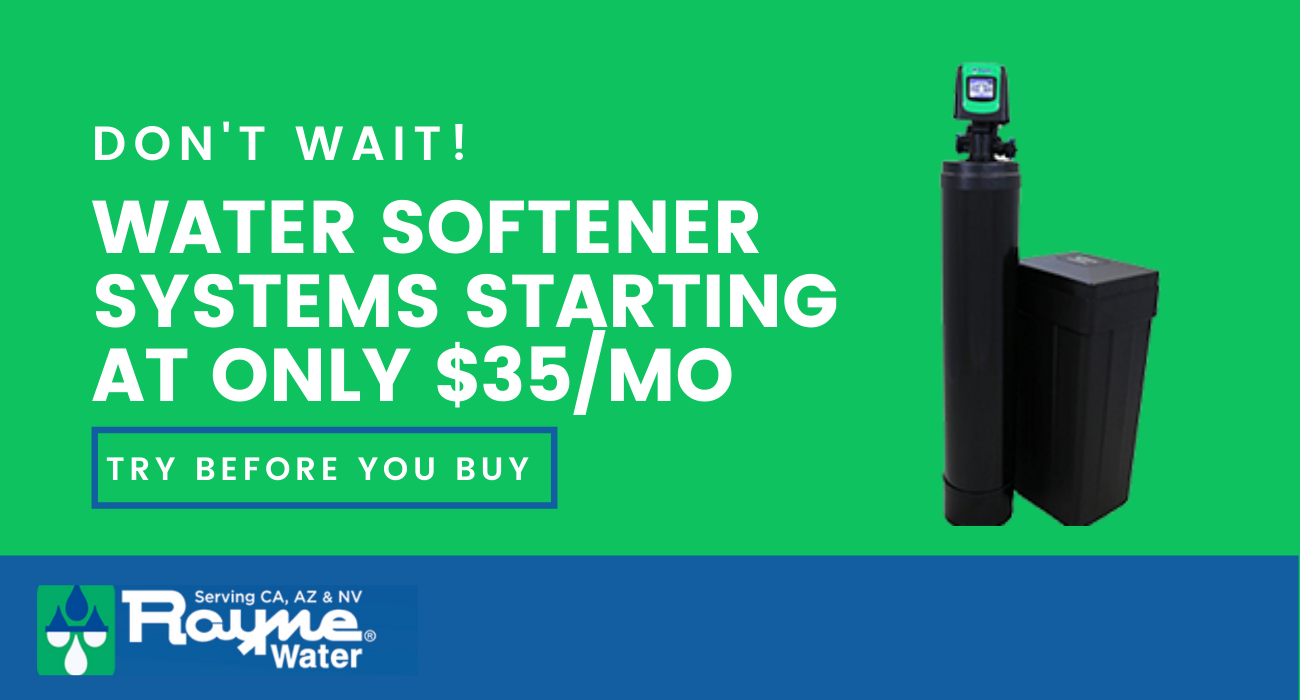
Salt Crystals
Salt crystals are made by evaporating water from a salt and brine solution. This process leaves behind approximately 99.6% sodium chloride. This type of salt is most commonly recommended for smaller households that don’t use as much water as the average household.
Salt Pellets
Salt pellets are another option for water softening. These are made from refining salt crystals into 100% sodium chloride and are largely considered the best salt option to add to water softeners. Because of their effectiveness, they are often more expensive than other types of salt.
Sea Salt
Sea salt is produce d by evaporating seawater. It dissolves easier than other salts and is typically less expensive. Its purity level reaches up to 99.5%, although sea salt has a higher percentage of impurities when compared to other salt types, which prevents it from dissolving as easily in hard water. This can result in salt bridging or salt mushing, which can ruin your tank if not cleaned properly.
Rock Salt
Although not as pure as other salt types, rock salt is still a solid option. True to its name, it consists of uneven salt pieces that look like rocks. Us ing rock salt as a softening agent leaves behind a residue in the basin, which requires frequent cleaning to prevent buildup.
Potassium Chloride
Finally, potassium chloride is an alternative to salt softeners for those who don’t wish to have salt added to their water source. This is a valuable option for those who have high blood pressure or other health concerns where salt usage mu st be limited.
Signs of Hard Water
Visually, soft water and hard water look the same. However, there are tell-tale signs of hard water that’ll indicate it may be time to add salt, two of which are soap scum and mineral deposits.
Soap Scum
Take a look around your sinks, showers, and counters. Do you notice a film that has built up on the surface? This residue or film is created by the mineral reaction in hard water when mixed with the soap used for cleaning, whether it’s shampoo, laundry detergent, or dish soap. The slimy film can be hard to keep clean and can be breeding areas where mold can grow more easily.
In addition to seeing soap scum left behind, you’ll also notice it’s tougher to get a good lat h er when washing your hands or shampooing your hair. Hard water also makes it more difficult to fully rinse the hair free of shampoo. Because of this, people with hard water often end up using more soap to clean than necessary. A water softener system can help cut down on energy and costs working with hard water requires.
Mineral Deposits
Due to the amount of minerals in hard water, one of the most noticeable signs is the deposit left be hind. Hard water mine ral deposits appear in the form of water stains near the water source (faucets, tubs, sinks, and toilets) and can also start to form crusty deposits around your showerhead, affecting the water pressure quality.
Depending on what types of minerals are found in your water, you may notice different colors of stains. Though mostly white or yellowish, if tap water contains iron, the deposits left behind may appear as a rust color. These deposits are then transferred to and can ruin clothes, dishes, and appliances.
Furthermore, any buildup prevents the flow of water, which affects the cleaning abilities of your appliances as well. As a result, your machines have to work harder, using more energy and water to do a thorough cleaning job.
Benefits of Water Softening
Hard water contains a significant amount of dissolved minerals, specifically magnesium and calcium, which are picked up through rocks and soil from groundwater sources. Depending on where the water source originates and how far it travels before reaching the tap is what makes some city water supplies harder than others. Though these types of natural minerals aren’t harmful to health (when in the regulated amounts), they do leave behind mineral deposits that affect everyday conveniences like doing laundry, washing dishes, and taking showers.
Softening tap water removes minerals and eliminates hard water stains from fixtures, appliances, and clothing. It increases the longevity of the appliances that require water and allows y ou to use less soap and detergent, allowing you to save money. Water softening also contributes to softer skin and hair when bathing.
The type and level of salt needed to soften tap water depend on th e building size, water usage, and water hardness levels. For instance, a smaller home may require nearly two 40-pound bags of salt every two months to maintain water at optimal softness levels. Whereas, larger homes and buildings that have a high level of minerals in the water will require more to achieve the desired water softness levels.
However, using too much salt or the wrong kind of salt for your water may result in a buildup, which can leave behind a residue or begin to form a crust that affects water quality and its effectiveness. Fortunately, you don’t have to determine what’s best on your own. We offer several different water softe ner maintenance solutio ns to meet your specific needs.
Whole House Water Softener Systems
Water softener systems remove hard minerals from your tap water through the ion exchange process, leaving only softened water behind. This process is performed within the resin tank and the brine softener tank. Ion exchange resin beads and water are combined to allow minerals to attach to the beads and be flushed out of the tank by using either sodium chloride or potassium chloride.
The brine tank then recharges the resin tank through the flushing process and is rinsed with salt water from the brine tank. With on-demand regeneration as part of our whole house water softener systems, it saves money and energy, using less water and salt and regenerating the water as needed.
Salt-Free Water Systems
Salt-free water systems are an alternative for people who don’t want to add salt to their water. Though these water systems do not soften the water, they can help to reduce damage from hard water and provide soft water benefits. It’s an environmentally friendly solution that reduces hard water damage, reverses existing scale and corrosion damage, and reduces chloramine, chlorine, and bad tastes and odors commonly present in tap water.
Depending on the quality and goals when using your existing tap water source, there are specific models within each category of water treatment systems. At Rayne Water , we can help you find the specific match of what’s needed for your home or business. There are also hybrid options and alternative water treatment methods to improve the quality of water as desired.
It’s not unusual for a tap to dispense hard water, but when you want to change it for the better, a water softener system can make it more beneficial for everyday use.
Sources:
- https://homewater101.com/articles/understanding-softening-process
- https://www.bobvila.com/articles/best-water-softener-salt/

